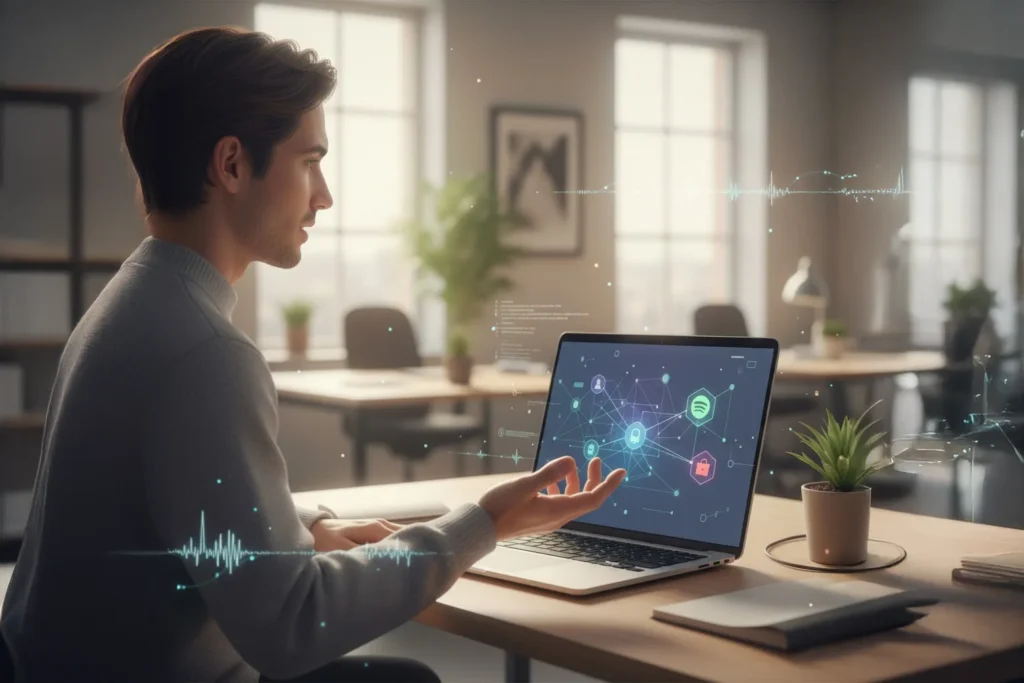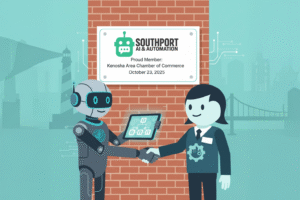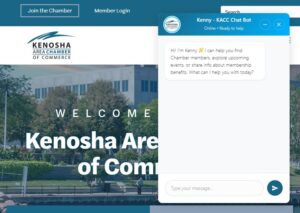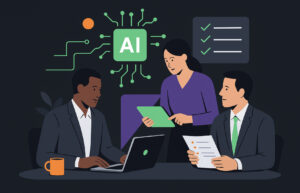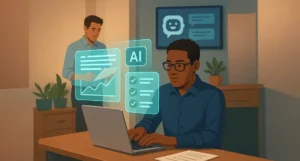A few months ago, asking a chatbot to order lunch or create a playlist still required hopping between apps. Now, ChatGPT can do it conversationally. You can say “DoorDash, order my usual” or “Spotify, make me a playlist for working late” and it simply happens. This new feature from OpenAI, revealed during DevDay 2025, marks an important shift for businesses watching the intersection between AI and everyday software.
It might not feel fully native yet. These first ChatGPT “apps” resemble early iPhone web apps, clever experiments that preceded the App Store. But the direction is unmistakable. Once developers can build native conversational experiences directly into ChatGPT, the interface between humans and technology will look very different.
What OpenAI Actually Announced at DevDay 2025
According to ZDNET’s coverage of the DevDay 2025 event, OpenAI introduced several key components that work together to make this vision possible. The most significant were the Agent Kit and Apps SDK, two tools designed to let developers create integrated ChatGPT applications.
The Agent Kit allows apps to perform actions on behalf of users, while the SDK provides a framework for building within ChatGPT’s environment. When combined with user memory and persistent state (features OpenAI plans to expand in future SDK versions), developers can build AI experiences that remember context, understand intent, and complete tasks over time.
For business leaders, the importance of this isn’t just technical novelty. It’s functional consolidation. Instead of managing multiple tool dashboards, users can simply converse with one system capable of executing actions across many platforms.
What Makes These ChatGPT Apps Different From Traditional Integrations
Traditional integrations rely on static APIs and manual setup. The new ChatGPT apps use conversational triggers to execute actions naturally. Imagine telling ChatGPT, “Send yesterday’s sales report to my accountant,” and having it use your connected QuickBooks app to complete the task automatically. No middleware, no extra workflow software, just natural language.
This shift parallels how smartphones moved from static web experiences to native app stores. It opens up a new ecosystem where businesses can design conversational interfaces around their products. Instead of building websites or apps that customers must learn, companies could create AI-powered chat experiences that adapt to each user.
For example, a real estate firm could integrate its property listings directly into ChatGPT, allowing a client to ask: “Show me three-bedroom homes under $400K near Milwaukee,” and get accurate, conversational responses powered by live data.
Why Business Leaders Should Pay Attention Now
It’s easy to dismiss this as a consumer novelty, but AI interfaces often start that way. Think of Siri’s early voice commands or the first smart speakers. Their limitations were clear, yet they established the user habits that now drive voice and AI adoption.
Businesses that begin exploring these tools soon will understand how to position themselves when conversational commerce goes mainstream. Early adopters can experiment with practical use cases such as:
- Customer service automation: Integrate booking, troubleshooting, or scheduling directly through ChatGPT.
- Internal workflows: Enable employees to perform quick actions like “log meeting notes” or “update CRM record” using a conversational agent.
- E-commerce recommendations: Allow customers to describe what they need in natural language, rather than forcing them through menus and filters.
When memory and action execution become mature features within ChatGPT, these experiences will feel seamless to the user.
The Emerging “App Store” for AI
One of the quieter revelations at DevDay 2025 was OpenAI’s plan for an app store model built into ChatGPT. This may eventually allow developers to distribute conversational tools just like mobile apps today. If OpenAI succeeds in making ChatGPT the host environment for thousands of specialized applications, it could redefine software discovery.
For small and mid-sized businesses, that matters because it levels the playing field. A small accounting firm or restaurant could publish a ChatGPT mini-app that connects directly to its systems. Customers could then interact simply by typing or speaking requests, skipping the friction of traditional app installation or web navigation.
This is also where businesses will need to consider brand consistency. As AI handles more direct interactions, every message and response becomes part of the customer experience. Companies using AI assistants should train them to match tone, values, and communication style precisely.
How to Prepare Your Business for Conversational Applications
Businesses don’t need to wait for the SDK’s full release to act. There are several preparatory steps that make sense right now:
- Audit your workflows: Identify tasks that could be handled conversationally, such as scheduling, ordering, or support.
- Consolidate your data: ChatGPT apps work best when they can access clean, structured data.
- Define your voice: Train your teams and AI tools on consistent phrasing, tone, and values so that all conversation-based interactions reinforce your brand.
- Experiment with automation: Tools like Zapier or Southport AI’s workflow assistants can prototype these interactions before full SDK access becomes available.
- Monitor security and privacy: As conversational agents execute actions on behalf of users, governance, permissions, and compliance will become critical.
This type of groundwork ensures your organization isn’t reacting later when ChatGPT-native apps mature into everyday expectations.
What Comes Next After DevDay 2025
The new ChatGPT apps might look experimental now, but software evolution tends to accelerate quickly once developers gain access to user memory and persistent context. These capabilities will allow apps to remember preferences, workflows, and conversational history across sessions.
That’s when “assistant” becomes “co-worker.” You’ll be able to tell ChatGPT to manage your weekly client scheduling or follow up on unpaid invoices across platforms automatically.
Business leaders who begin experimenting this year will set the foundation for AI-native operations in the years ahead. The real question is not whether these tools become standard, but how fast each organization adapts to their arrival.
The Takeaway for Business Owners
ChatGPT’s new apps are more than a convenience. They represent a shift toward software that listens, remembers, and acts. For business owners, this means preparing systems and teams for a world where conversations replace clicks.
The companies that embrace this early, train their teams on conversational interaction, and align workflows around AI execution will have an advantage when the next wave of digital interaction arrives. The tools are already here; what matters now is how quickly leaders decide to use them.

